The IQR (Intercepts, Quenches and Retains) is comprised of two parts; an explosion vent and a quenching module. The explosion vent responds to the rapidly building pressure of a deflagration and opens to relieve this pressure. As the fireball stemming from the deflagration travels through the now open vent, it is intercepted by the quenching module. The quenching module retains both the flame and hot gasses of the deflagration. The same goes for burning and unburned dust passing through the open explosion vent. The 3-dimensional mesh arrangement acts as a heat sink that interrupts the explosion in mid-stream as well as an absorption of the pressure wave and dust that would normally be ejected by a vented explosion.
Safety first
The IQR system features four safety functionings:
- No flame will escape. This bring about a safe working environment for employees working in the ventilation systems vicinity. At the same time, the IQR system removes the risk of a secondary ignition and the subsequent explosion outside of the protective equibment.
- Dust is contained. This protects the working processes and removes the risk of potentially toxic substances being spread to the process’ surroundings.
- Pressure is contained. The IQR system absorb the tip of the pressure of the explosion protecting the employees and the surrounding area.
- Temperature control. The IQR system will absorb the fireball, which typically has a temperature over 500 °C, while preventing dangerously increased temperatures in the surrounding area (typically under 100 °C).




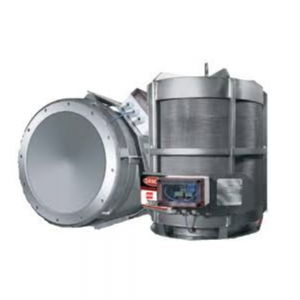
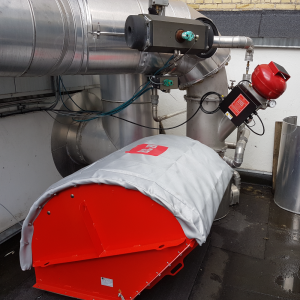
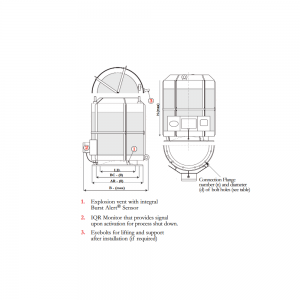
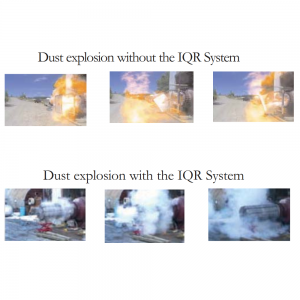
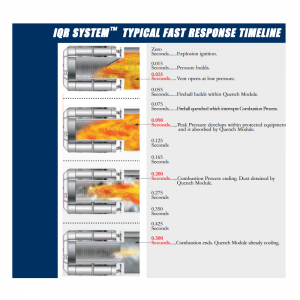


 +45 88 63 89 00
+45 88 63 89 00